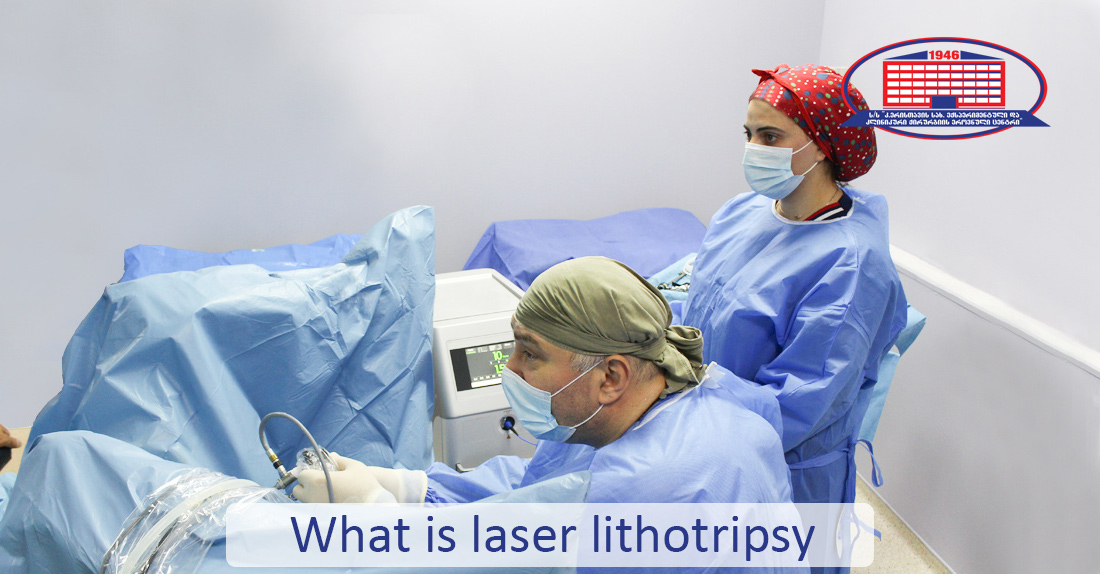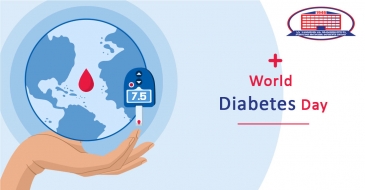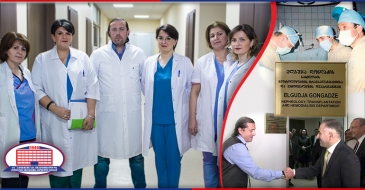
Urinary stone disease is the most common pathology in urologic diseases.
The etiology and pathogenesis of this disease are one of the priorities of modern medicine researches. The exact cause of pathology is still unknown for scientists, but several theories are considered, particularly metabolic disorders, renal and urinary tract impairment, originating from other illnesses like Podagra or bunion, etc.
Stone size, site, x-ray characteristics and etiology should be taken into account. Kidney stones are of varied mineral composition, for example, oxalate, phosphate, calcium, magnesium, urate, uric acid, combination and so on.
The clinical presentation of the disease depends on the shape, size, quantity, and site of calculus (stone). Albeit, patients mostly have complaints of acute or dull pain and discomfort. Sometimes pathology is accompanied by such an unbearable pain that the patient’s rhythm of daily life significantly deteriorates.
Urology Unit of National Center of Surgery offers patients to dissolve stones of any size established in kidney, bladder, and ureter with the most advanced endoscopic method called laser lithotripsy.
What is laser lithotripsy?
As head of the Urology Unit of National Center of Surgery, Shota Bugianishvili stated in an interview with us, lithotripsy is conducted with the endoscopic method.
The ultramodern device intended for lithotripsy
According to the decision of the heads of National Center of Surgery, the department was equipped with the latest-generation device Medilas H Solvo 35, manufactured in Germany.

In the medicine market, Dornier MedTech company is known for pioneering technologies in urology. The company cooperates with worldwide-known clinics and medical corporations – it aims is to create technologies to improve the quality of life.
Following are features of device Medilas H Solvo 35intended for lithotripsy:
- 35-watt laser;
- Targeting a stone is simplified with laser fibers (device maximally reduces stone movement during lithotripsy);
- Clinically confirmed parameters maximally create a comfortable work environment for a surgeon;
- Clear image and additional screen provide a high-quality visualization.
During procedure, stone in the urinary system is dissolved with proper laser beams. In the clinic, an operation is conducted under the control of ultrasound imaging and X-ray. National Center of Surgery’s anesthesiology service administers a certain type of anesthesia based on the condition of the stone. The patient is discharged on the second day after the surgery with a proper prescription.
How is stone dissolved?
The clinic's modern device is equipped with various functions – it can fragment the stone and practically turn it into a powder. After the operation, dissolved stones are discharged pain-free together with urine.
Wish you health!









